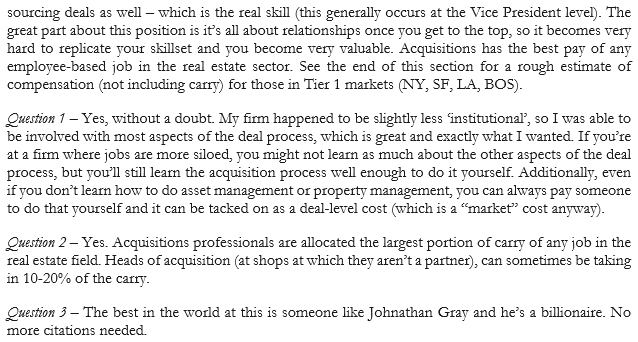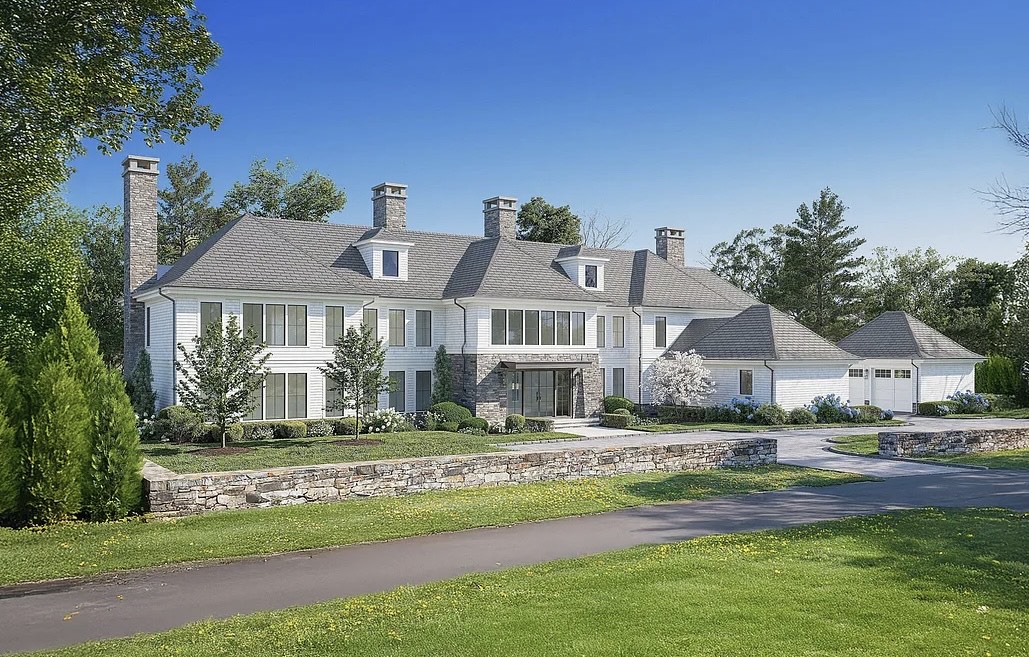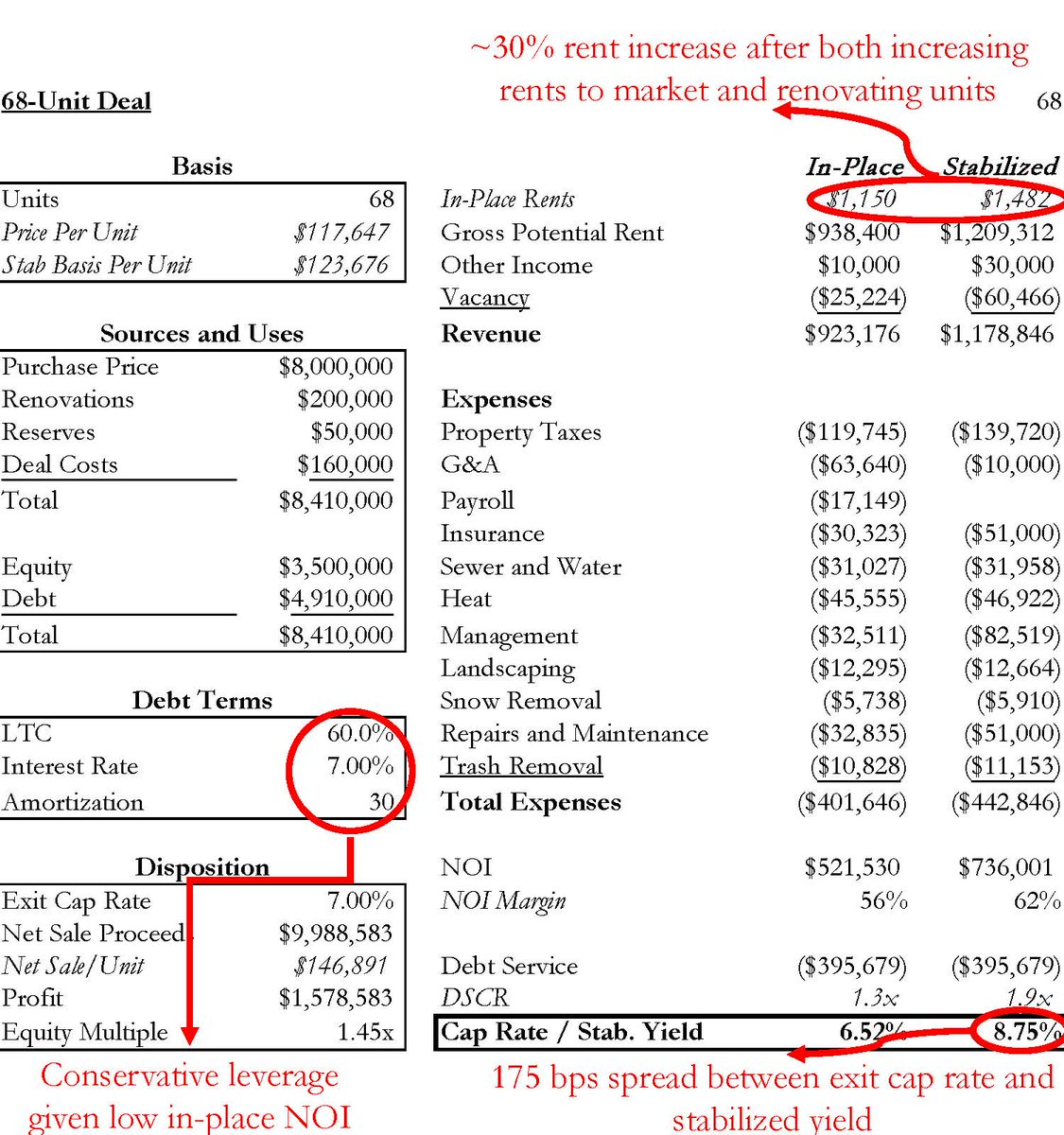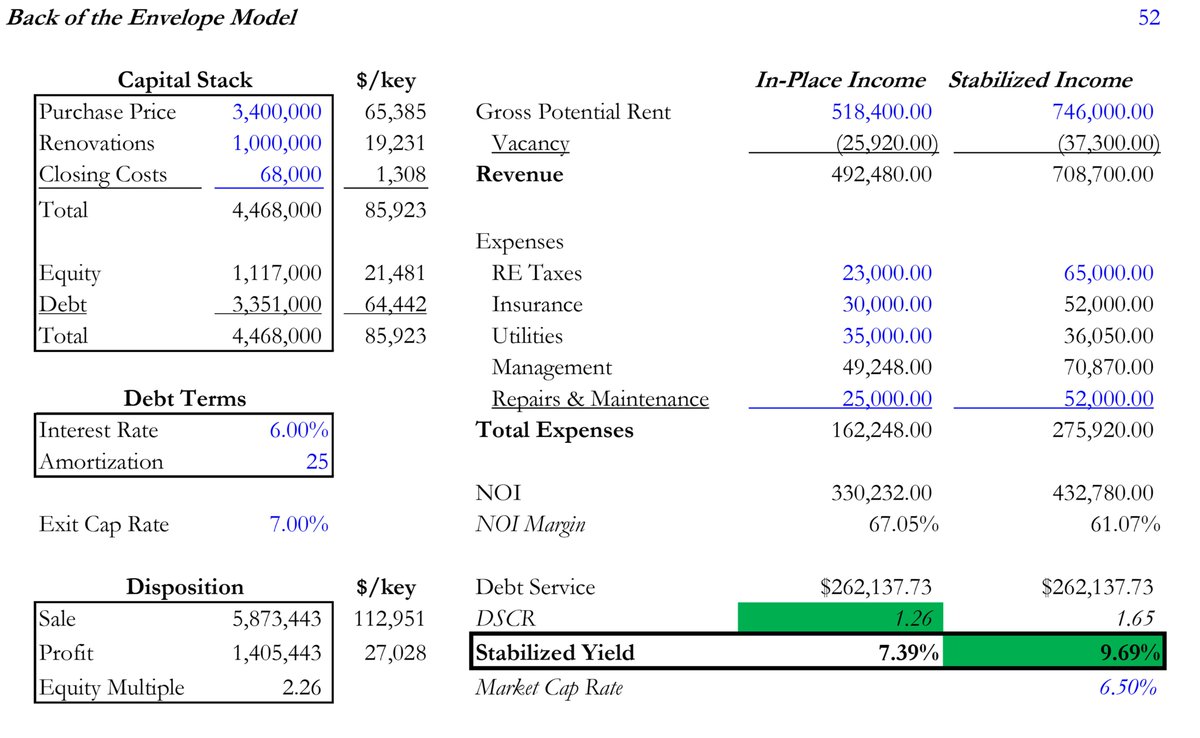Decoding Real Estate Careers: An in-depth overview of the career paths in the real estate sector, which ones you want to target and which ones you want to avoid 







• • •
Missing some Tweet in this thread? You can try to
force a refresh


























